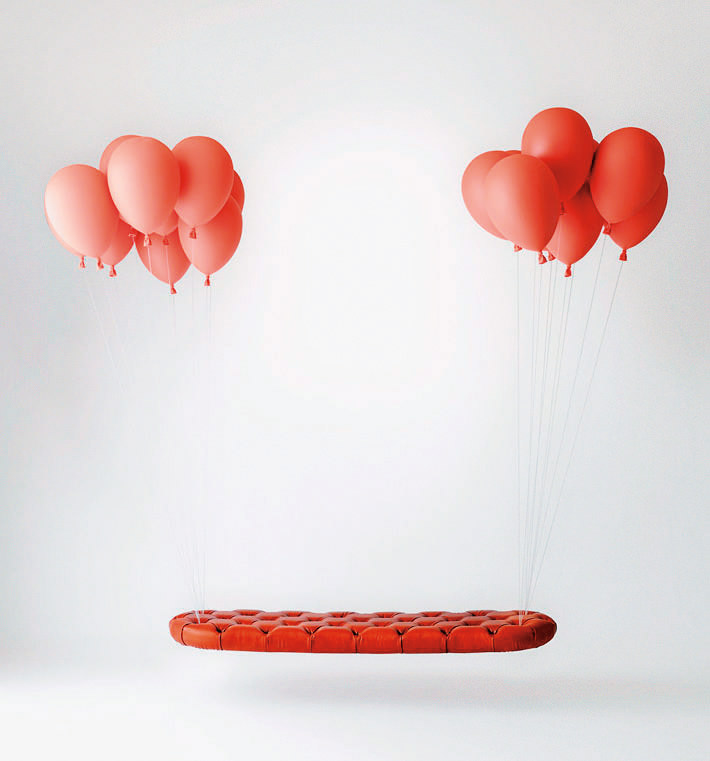-
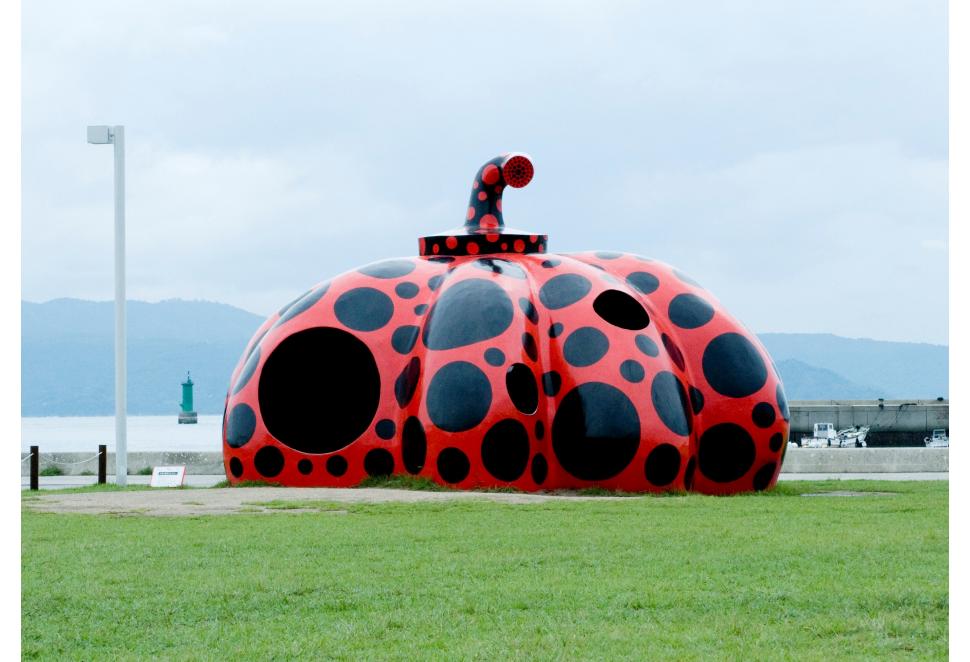
Image via Setouchi Artfest.
-
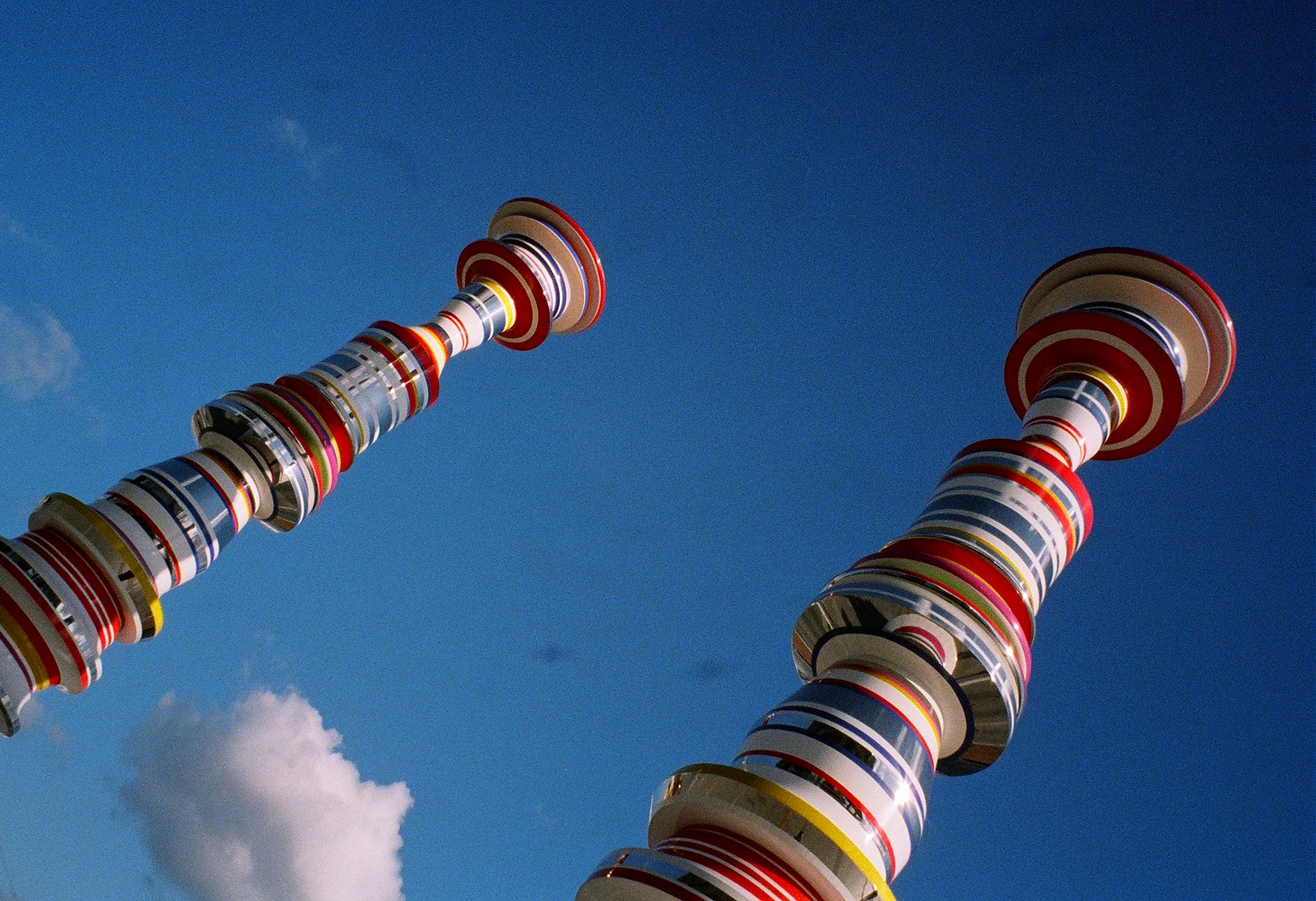
-
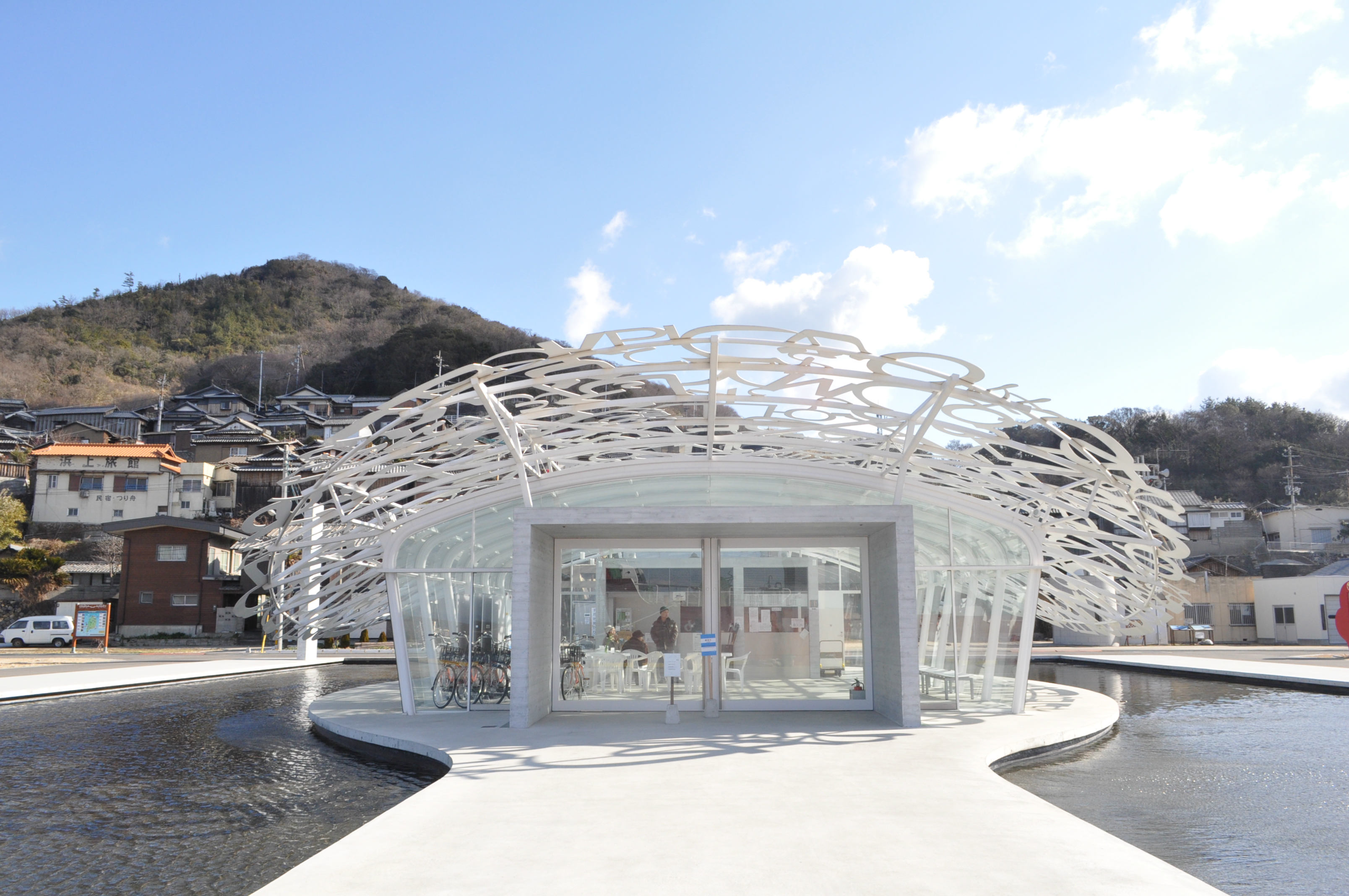
-
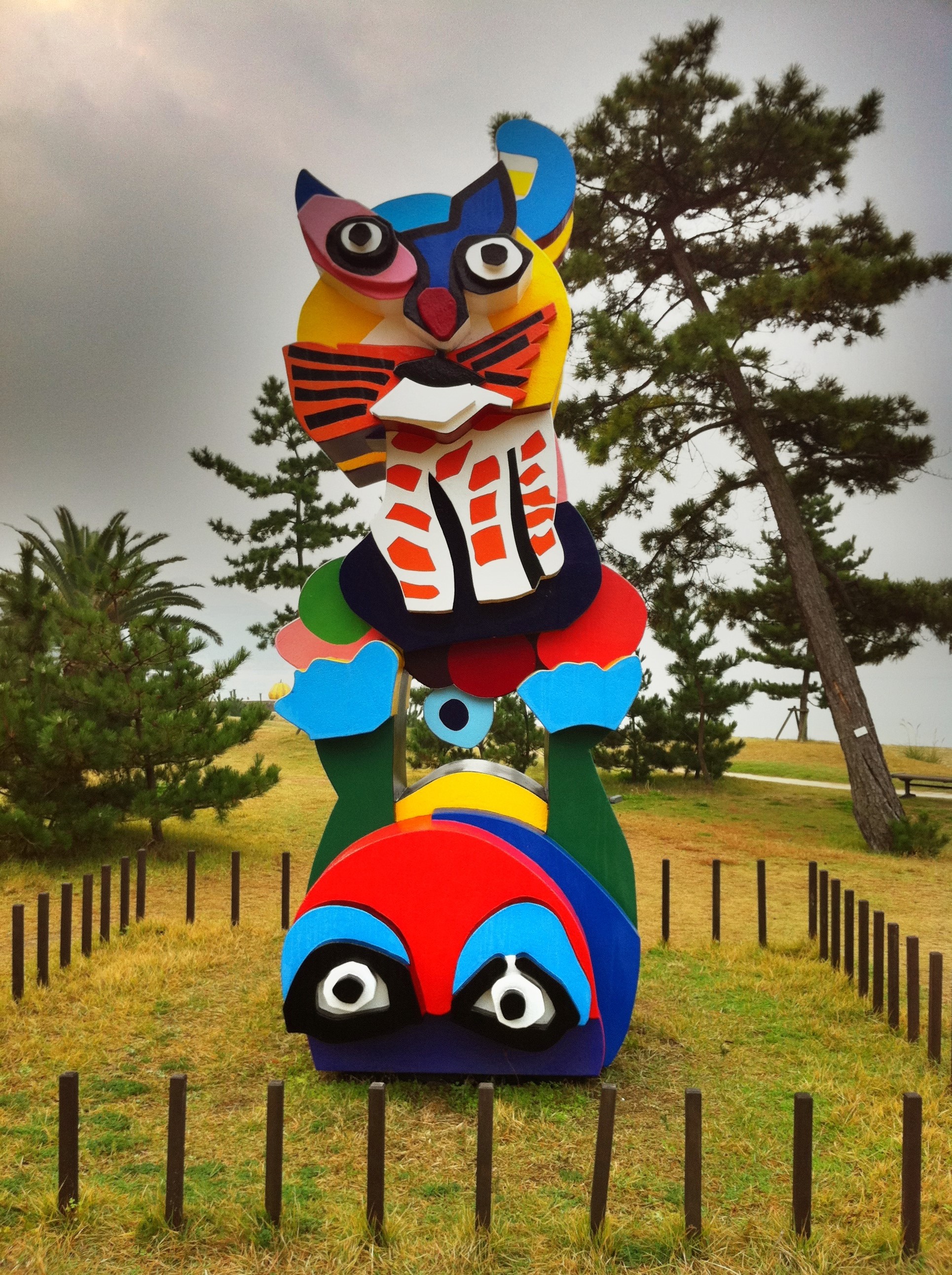
Image via Flickr, Shibuya246.
-

Image via Flickr, Rick Elizaga.
-
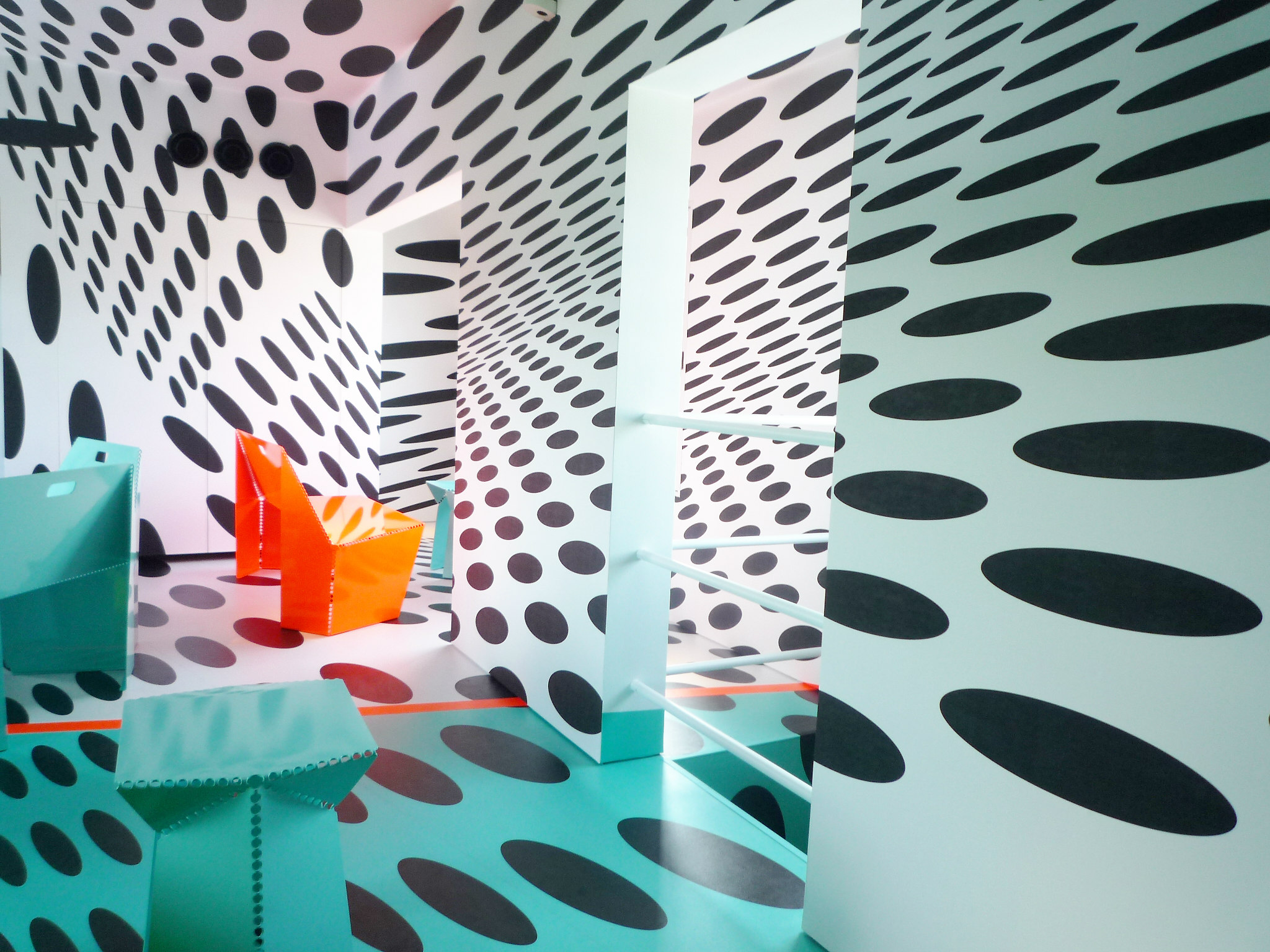
Image via Flickr, antjeverena.
The 2016 Setouchi Triennale
Japan’s island-bound contemporary art fair.
The island of Naoshima may be diminutive—a 14 km² blip of forest and sand in Japan’s Seto Inland Sea—but since beginning to host the Setouchi Triennale Art Fair in 2010, the island (and its surrounding archipelago) has become a very big deal.
This year marks the third incarnation of the Setouchi Triennale, which spans the course of 108 days split over spring, summer, and autumn (the third and final leg of 2016’s festival runs October 8 to November 6). Since its inception, Setouchi has garnered international attention for its blue chip art, displayed in a surreally beautiful and utterly remote setting.
Far from Tokyo’s hustle, the main island of Naoshima is accessible via ferry from Uno, a small port town located a four-hour train ride from the Japanese metropolis, or a two-hour train ride from Osaka. Once visitors have arrived, small ferries are available to transport them between about a dozen participating islands, from one art venue to the next.
Since its inception, Setouchi has garnered international attention for its blue chip art, displayed in a surreally beautiful and utterly remote setting.
This year’s festival lineup sees highlights from international artists Pipilotti Rist, Keg De Souza, and Olafur Eliasson, who has created an “infinite loop” of reflected scenery intended to deepen visitors’ sense of time and space. The permanent collection at Naoshima holds evergreen favourites such as the Art House Project, various mind-bending light installations by James Turell, Claude Monet’s water lily paintings, a postcard-worthy giant pumpkin by pop artist Yayoi Kusama, and the collections of the Chichu Art Museum (a building designed by self-taught architect, Tadao Ando). Japanese artist Sou Fujimoto has garnered recent attention, too, for the temporary geometric white steel mesh sculpture installed on the shoreline last March.
The principal aim of the Setouchi Triennale is to help revitalize the region by boosting tourism. Like many rural areas in Japan, the islands have been affected by urbanization and an aging population. Following the demise of the region’s quarrying and refinery industries in the 20th century, the population of neighbouring island Inujima has fallen to under 50 with an average age of 75. The archipelago’s agriculture was also greatly impacted by the effects of one of the worst cases of unlawful industrial waste dumping in Japan. The government has since taken serious measures to excavate, detoxify and transform the waste to be reused as material for construction. Several of the exhibits presented this year aim to highlight characteristics of the islands and showcase its industrial heritage. Shinro Ohtake’s installation of a massive hull-form (used to manufacture boats for the local fishing industry) housed in a disused needle factory on Teshima offers to look at the region’s past in hopes of a better future for the islands.
Yet now, there is no doubt that a bright future lies ahead for this dreamy archipelago and top destination for adventurous art lovers.


